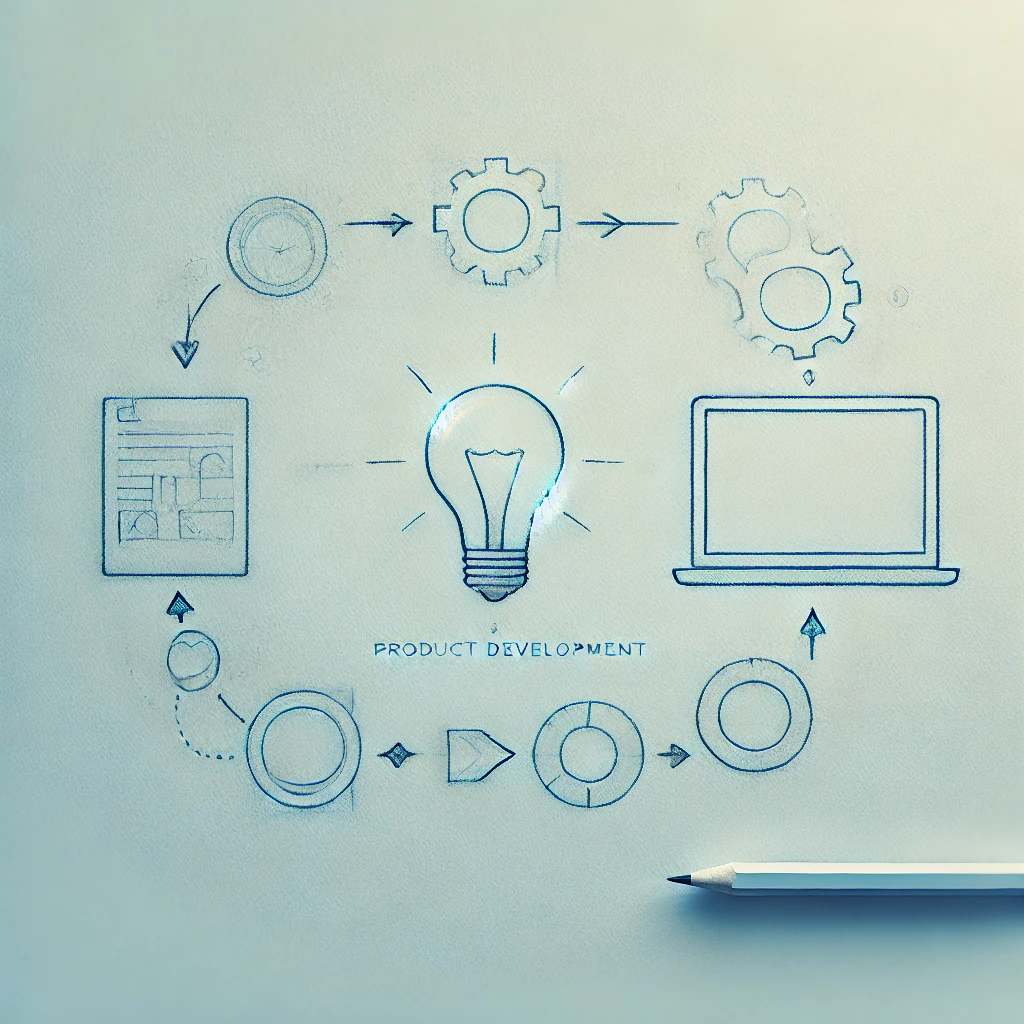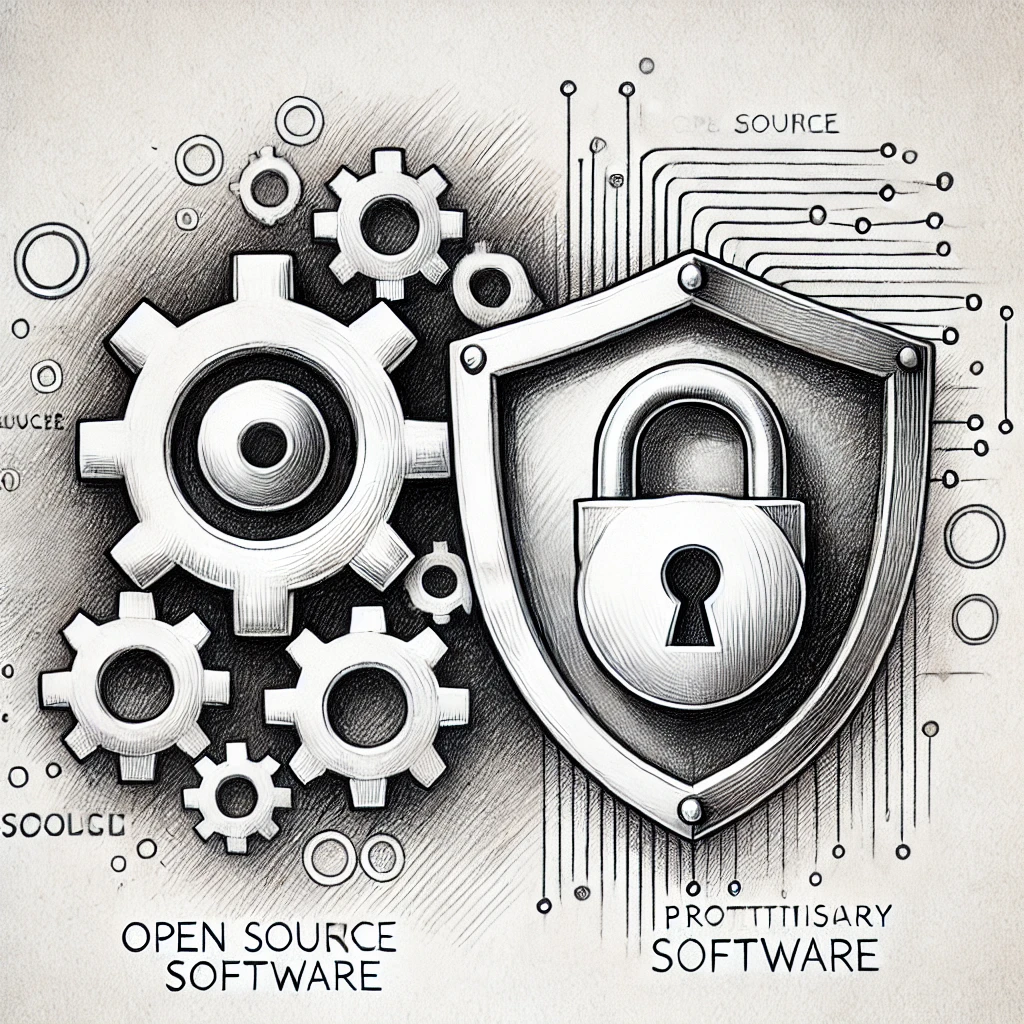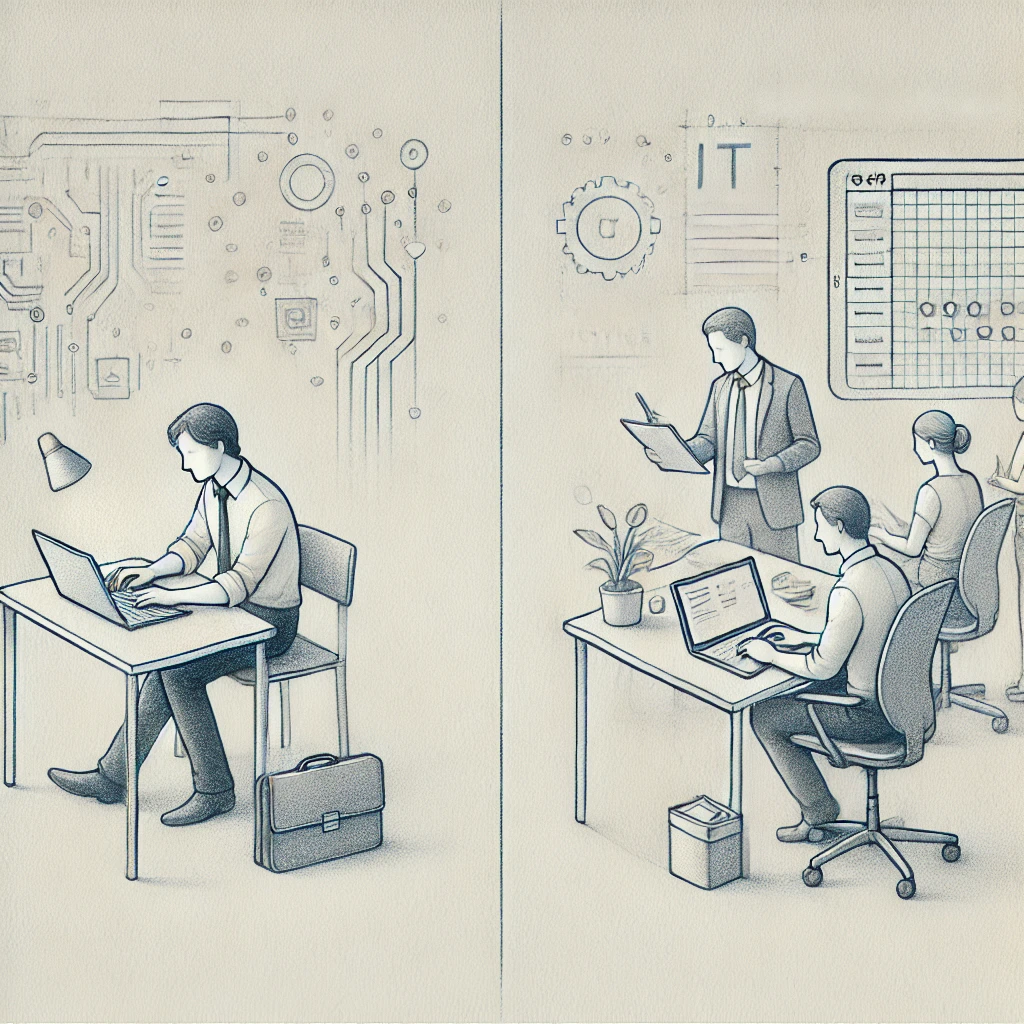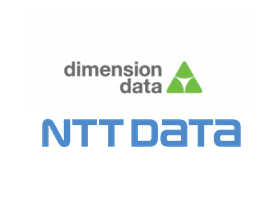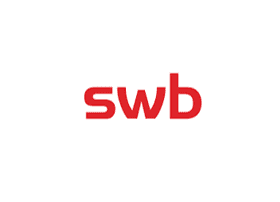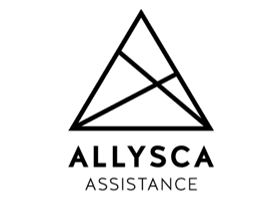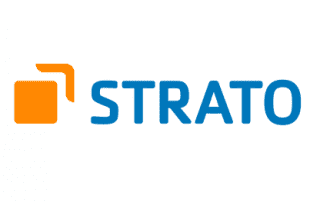How to migrate between Java LTS versions?
– A guide. –

Migrating between Java LTS versions, such as Java 8, 11, 17 and 21, is a necessary step for companies that want to keep their applications up to date and benefit from improvements in performance, security and new language features. In this guide, you will learn how to successfully migrate between Java LTS versions.
1. introduction to Java LTS versions
Meaning of Java LTS versions
Java LTS versions offer long-term support and regular updates, making them ideal for companies that prioritize stability and security. Each of these versions is supported for several years, giving companies time to prepare for the next version and migrate without pressure.
Important differences between Java 8, 11, 17 and 21
- Java 8: For a long time one of the most widely used versions, known for the introduction of lambda expressions and the Streams API. It is still used in many legacy systems.
- Java 11: The next LTS version after Java 8, which has removed many obsolete APIs and introduced modules to support the modularization of applications.
- Java 17: This version brings numerous new language features such as sealed classes and pattern matching, which enable the development of more modern and secure applications.
- Java 21: The latest LTS version, which offers further improvements and innovations, including the completeness of Project Loom (lightweight threads) and Project Panama (improved interoperability with native libraries).
2. preparation for the migration
Analysis of existing Java applications
Start with a comprehensive analysis of your existing Java applications. This should include the following aspects:
- Java version used: Identify the current Java version of your applications.
- Dependencies and external libraries: Check which external libraries and frameworks are used and whether they are compatible with the newer Java versions.
- Technical debt: Analyze code for obsolete constructs that may no longer be supported in newer versions.
Compatibility check of libraries and frameworks
Check whether the libraries and frameworks used by your application have been updated for the newer Java version. Many libraries have specific versions that are optimized for Java 11, 17 or 21. If there are no updates, you may need to find alternatives or adapt the code.
Planning the migration
Careful planning of the migration is crucial. Create a detailed migration plan that includes the following:
- Timeline: Defining time periods for tests, adjustments and the actual migration.
- Resources: Determine the required resources, such as developer time and test environments.
- Rollback strategy: In the event that the migration causes problems, plan a way to return to the previous version.
3. steps to migration
Updating the development environment
Before you start the migration, update your development environment to the latest Java version. Make sure that your IDEs, build tools (e.g. Maven, Gradle) and CI/CD pipelines are prepared for the new version.
Code adaptations and modernization
Depending on the current and target Java version, code adaptations may be necessary:
- Modularization (as of Java 9): If your application uses modules, make sure that these are configured correctly. Modularization may require significant changes, especially if you are migrating from Java 8.
- Removed APIs: Check the code for the use of deprecated or removed APIs, such as the
javaxnamespace libraries that were removed in Java 11. - New language features: Take the opportunity to introduce modern language features such as
var, pattern matching or records, which were introduced in Java 10, 14 and 16.
Testing and debugging
Comprehensive testing is essential after the code adaptations:
- Unit tests: Execute existing unit tests on the new Java version and extend them to cover new features.
- Integration tests: Test the interaction between different modules and services, especially if they are based on different Java versions.
- Performance tests: Check whether the application performs as expected on the new Java version and identify potential areas for optimization.
4. best practices for a successful migration
Automated tests and CI/CD pipelines
Automated tests are crucial for a smooth migration. Make sure your CI/CD pipelines are configured to use the new Java version and run all tests automatically.
Dealing with common problems
It is not uncommon for problems to arise during migration. Common challenges include:
- Library incompatibilities: Some older libraries may not work on newer Java versions.
- Performance issues: Certain code paths may run slower in the new Java version, which needs to be fixed through profiling and optimization.
- Missing modules: In Java 9, some modules have been removed from the standard Java package, which requires adjustments.
5. after the migration
Monitoring and performance optimization
After the migration, you should continue to monitor your application to ensure that it is stable and no new problems occur. Use monitoring tools to monitor performance and make optimizations if necessary.
Documentation and knowledge transfer
Document the migration process and all changes made so that future updates can be implemented more easily. Share this knowledge within the team to ensure that all developers are familiar with the new features and changes.
6. conclusion
Migrating between Java LTS versions is a complex process that requires careful planning and execution. By following the steps and best practices described in this guide, you can ensure that your application is successfully migrated to a newer version of Java, resulting in improved performance, security and maintainability in the long term.
If you need support with the migration of your Java applications, the experts at BITS GmbH are at your side with their extensive knowledge and experience. Contact us for individual advice and support with your migration project.
CONTACT
Would you like to find out more?
Are you interested in learning more about the possibilities of digitization in your company? Are you facing similar challenges or have you planned specific projects in your company? Please contact us for a detailed consultation.
Send us an e-mail directly to [email protected] – we look forward to working with you to shape the future of your IT landscape!
You can also make an appointment directly in our calendar.
OUR CUSTOMERS AND PARTNERS
OUR CUSTOMERS AND PARTNERS
Gemeinsam, zuverlässig und langfristig wollen wir als IT-Dienstleister Sie bei Ihren IT-Vorhaben unterstützen. Eine Auswahl unserer Kunden, Partner sowie Branchen finden Sie in diesem Abschnitt.






